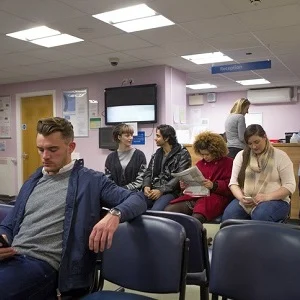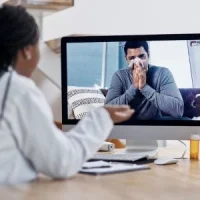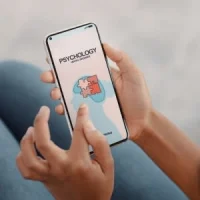COVID-19 sped digital healthcare development in 2020, as care providers implemented digital methods to keep patients and staff safe during the pandemic. Dr Vishal Desai in a prerecorded session for RSNA 2021, described how Thomas Jefferson University’s radiology service managed their transformation from a traditional health care appointment process into a digital one. The pandemic necessitated downtime to prevent waiting room crowding and make time for cleaning. Dr Desai said: ‘How do we maintain appointment slots while ensuring safety? The key is to optimise the non-imaging portion of appointments – the pre-procedure forms, the check-in process, and the waiting rooms.’ Thomas Jefferson University began this optimisation process in July 2020 with MRI patients at its busiest outpatient imaging centre.
Traditionally, patients fill out pre-procedure forms onsite in a waiting room before a procedure. With the new virtual waiting room (VWR) paradigm, patients electronically completed pre-procedure forms linked to their electronic health record on the day before their appointment. Thus staff no longer needed to scan the forms during check-in, and content was available to healthcare providers. Patients checked-in by clicking an SMS text link and waited outside until when notified that they could enter. Inside, they completed a COVID screening and electronically signed their previously submitted forms before changing for the imaging study. Dr Desai adds: ‘It's overall a smoother, more efficient and less confusing process.’
Between October 2020 and April 2021, 226 MRI patients opted for virtual check-in. VWR wait times were about half (5.5 minutes) of those waiting in traditional waiting rooms (10.6 minutes). On average, exams for VWR patients began 12.6 minutes earlier than when scheduled. In comparison, exams began 2.7 minutes after the scheduled time for patients using a traditional waiting room. The quality of the information also improved by using the VWR paradigm. Over 25% of the patients filling out paper forms in a traditional waiting room completed all the questions, whereas the electronic forms were 100% complete. Lastly, over 90% of the VWR patients said they would use the VWR again and felt the communication was clear.
Source: RSNA










